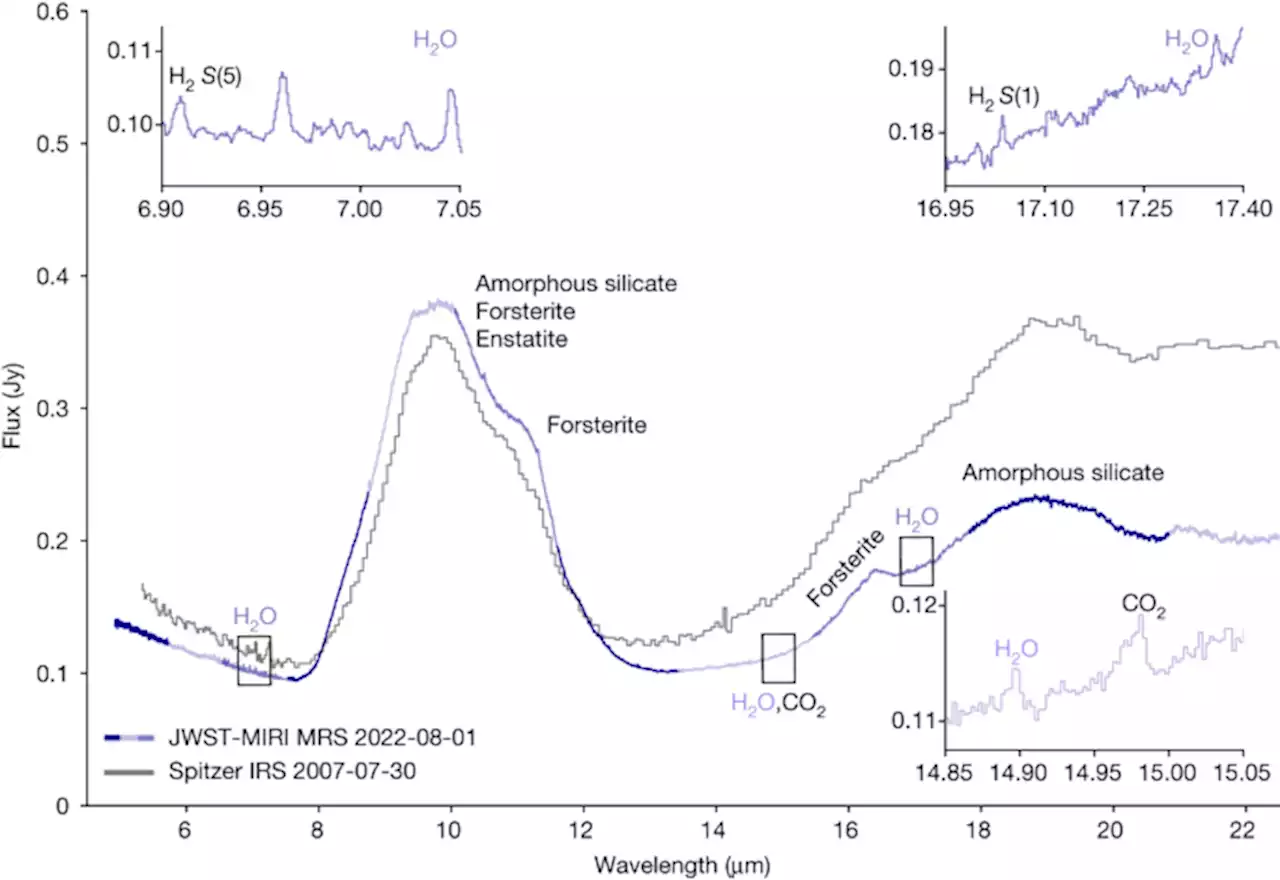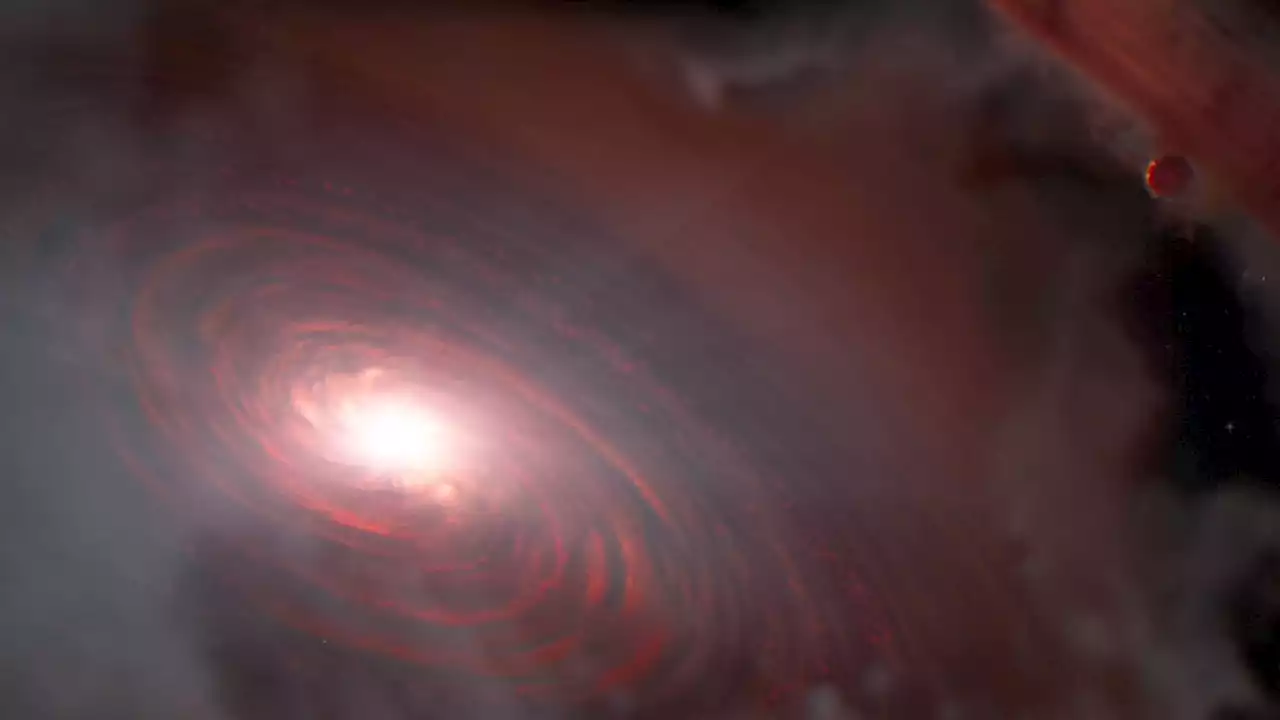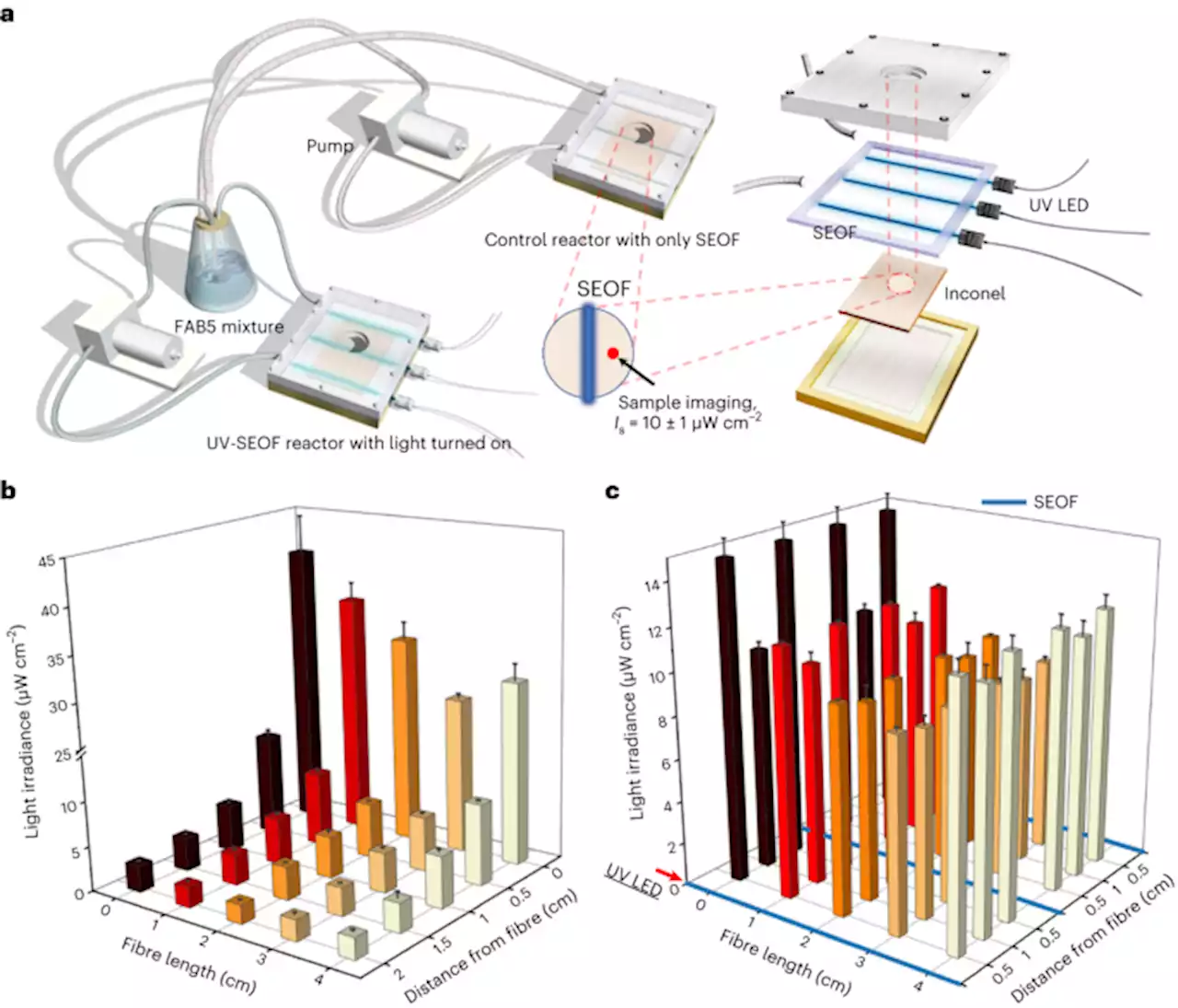Shedding light on the dark problem of biofilms
Bacterial biofilms are problematic wherever water contacts with surfaces. Although germicidal ultraviolet -C irradiation effectively inactivates microorganisms in flowing water, controlling surface biofilms is challenging due to light delivery limitations within enclosed and flowing water systems. Here, to overcome this, we developed a novel method using UV-C light-emitting diodes connected to side-emitting optical fibres placed directly on metal surfaces.
Targeting mixed-bacterial biofilms from the International Space Station where biofilms threaten critical water systems for astronauts, we successfully inhibited biofilm growth by delivering UV-C light at 265 or 275 nm with an irradiance of >10 µW cmvia SEOFs. In contrast, UV-A or UV-B at the same irradiance did not prevent biofilm growth.
United States Latest News, United States Headlines
Similar News:You can also read news stories similar to this one that we have collected from other news sources.
 Water in the terrestrial planet-forming zone of the PDS 70 disk - Nature Observations with the sensitive mid-infrared spectrometer MIRI on board JWST reveal the presence of a water vapour reservoir in the terrestrial plant-forming zone of the young planetary system PDS 70.
Water in the terrestrial planet-forming zone of the PDS 70 disk - Nature Observations with the sensitive mid-infrared spectrometer MIRI on board JWST reveal the presence of a water vapour reservoir in the terrestrial plant-forming zone of the young planetary system PDS 70.
Read more »
 Rosenberg water bills could rise $10 monthly to create reservoir to keep water flowingThe agency where Rosenberg gets nearly half of its water supply wants to build a massive reservoir to store water. If it's not built, residents could be without water for six months in severe weather cases.
Rosenberg water bills could rise $10 monthly to create reservoir to keep water flowingThe agency where Rosenberg gets nearly half of its water supply wants to build a massive reservoir to store water. If it's not built, residents could be without water for six months in severe weather cases.
Read more »
 JWST Sees Newly Forming Planets Swimming in WaterOne big question about Earth’s formation is, where did all the water come from? New data from the James Webb Space Telescope (JWST) shows newly forming planets in a system 370 light-years away are surrounded by water vapor in their orbits. Although astronomers have detected water vapor in protoplanetary disks before, this is the first … Continue reading 'JWST Sees Newly Forming Planets Swimming in Water'
JWST Sees Newly Forming Planets Swimming in WaterOne big question about Earth’s formation is, where did all the water come from? New data from the James Webb Space Telescope (JWST) shows newly forming planets in a system 370 light-years away are surrounded by water vapor in their orbits. Although astronomers have detected water vapor in protoplanetary disks before, this is the first … Continue reading 'JWST Sees Newly Forming Planets Swimming in Water'
Read more »
 Paris 1951: The birth of CERN - NatureStarting this week with François de Rose's reflections on the 1951 conference that created the CERN particle physics laboratory, a new Essay series recalls six scientific meetings that changed the world. Written by someone who was right there, each piece describes what it was like to experience such a momentous event, and looks back on its lasting legacy.
Paris 1951: The birth of CERN - NatureStarting this week with François de Rose's reflections on the 1951 conference that created the CERN particle physics laboratory, a new Essay series recalls six scientific meetings that changed the world. Written by someone who was right there, each piece describes what it was like to experience such a momentous event, and looks back on its lasting legacy.
Read more »
